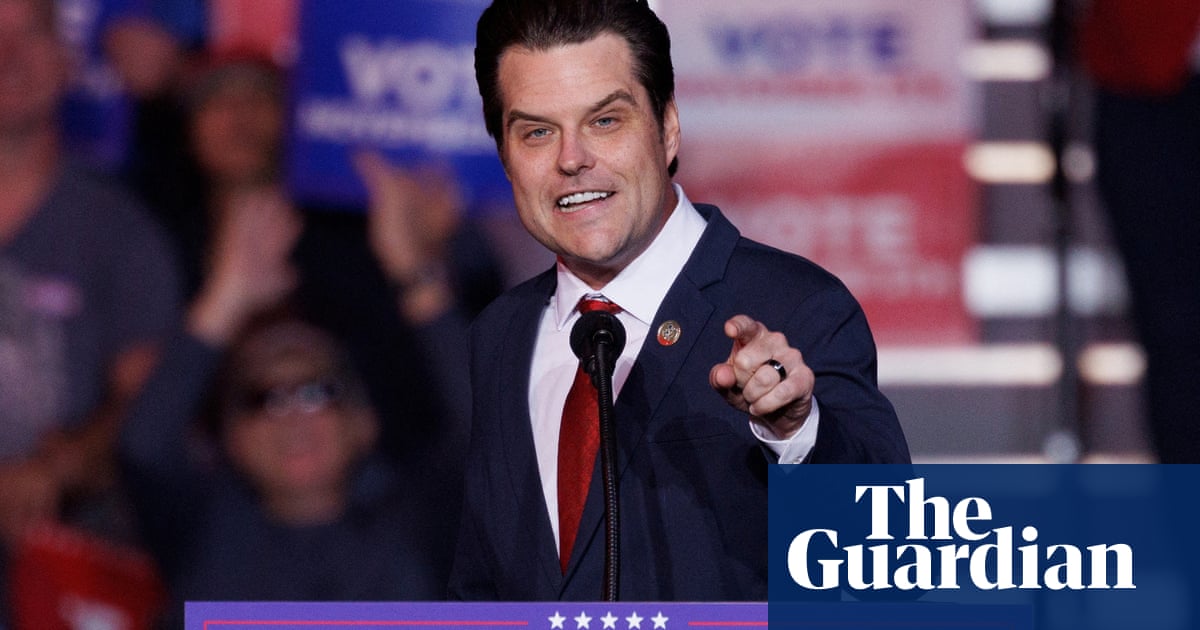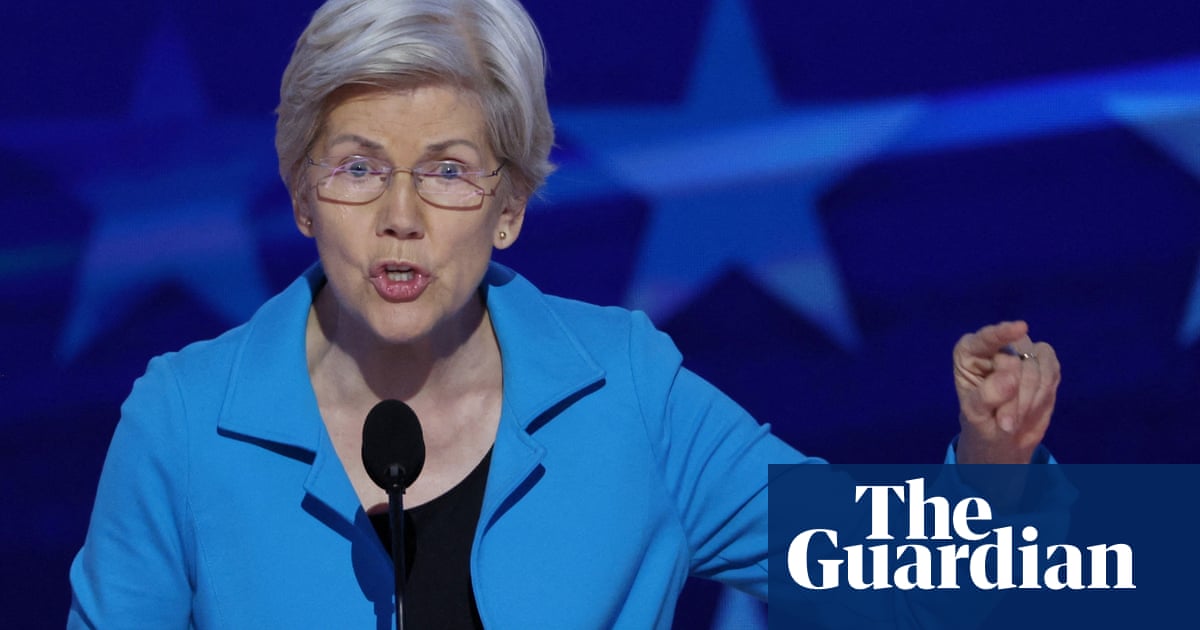Before the election it was clear that Kamala Harris’s closing message was not landing with working-class voters. The Center for Working Class Politics (CWCP) sounded the alarm that the Democrats could be heading for a disaster. And last Tuesday, disaster struck.
Harris lost badly. She resoundingly lost the electoral college (226 to 312 as of publication), and she lost the critical blue-wall states of Pennsylvania, Michigan and Wisconsin. Democrats even lost the popular vote for the first time in 20 years. In short, Harris lost the working class.
Now, not all of this is the result of bad messaging. Surely, enduring inflation was on the minds of most voters as they headed into the polling booth. But it would be a mistake to assume that inflation was the only factor in the Democratic defeat. In fact, a number of Democrats in tough competitive districts not only won re-election but significantly outperformed the top of the ticket.
We can learn a lot by looking at candidates that were able to stem the Trump tide and win over working-class voters.
Chris Deluzio ran in one of Pennsylvania’s most competitive districts in the single most important swing state in the election. While Pennsylvania went 50.6% for Trump, Deluzio won his district for the Democrats by a comfortable 53.7%.
Outperforming Harris’s statewide margin by more than five points. Deluzio, of course, ran a commonsense populist campaign. He campaigned for an industrial policy that would “make stuff here” and defended the “union way of life”.
Or take Marie Gluesenkamp Perez ,whose rural district leans heavily Republican. Gluesenkamp Perez managed to win re-election handily with a populist message that emphasized the class interests and way of life of her constituents. Not only this, she consciously distanced herself from the mainstream of the Democratic establishment, which she rightly took to be out of step with ordinary voters.
Or, in what could have been the biggest down-ballot story of the election, take Dan Osborn. The industrial mechanic turned steamfitter, a former union president who led a strike against Kellogg’s, went to bat as an independent candidate against the megarich businesswoman Debbie Fischer. In the end, Osborn lost his outsider-populist bid for the Senate but he outperformed Harris’s statewide margin by 7.5 points.
These candidates, among a slew of others, ran effective populist campaigns. They inveighed against big business, they endorsed ambitious economic programs that would boost wages and reduce costs, they embraced the labor movement, they promised to bring back manufacturing jobs and they championed quality of life reforms that would make life more livable for working people. But their populism wasn’t the same as the progressivism that first characterized groups like “the Squad” in Congress. That is, these populists took pains to ensure that their message of commonsense solidarity wouldn’t be drenched in the liberal elitism common to preachy leftwing candidates.
And this might just be what made their appeals uniquely effective.
The Democratic party’s image is dictated by high-profile figures and organizations that champion causes that are, to say the least, off-putting to most working-class voters. It’s not just that “woke” slogans like “Defund the police” and “Open borders” are a liability. It’s that to be liberal today is to embrace the values of well-educated, high-income, big-city professionals. And moreover, given that liberals have an immense amount of cultural power, these values are broadcast widely through social media, the entertainment industry and the academy.
Can a populist credibly rail against the concentrated power of the elite without criticizing the dominant cultural values preached from the heights of America’s cultural institutions? Not really. Effective populist appeals combine a criticism of the power of conservative corporate mavens with a critique of the out-of-touch ideology of elite liberals – from their obsession with identity politics to their denial of social problems such as crime and social disorder.
after newsletter promotion
Moreover, effective populist messages require effective populist messengers. Candidates who come from working-class backgrounds are more credible as populist campaigners than are those with Ivy League credentials, white-shoe law firm résumés and expansive real estate portfolios.
One of the most telling moments of the election happened during a debate in New Hampshire’s second congressional district. A Chinese immigrant, born to illiterate working-class parents, excoriated her opponent: “You are wealthy. You’re worth $20m to $30m. How do you know about regular people’s suffering? Do you go shopping? Go to Walmart?”
She was exasperated. “I talk to those people. And you pretend to be a renter in Nashua a few months ago, move back to run for this open seat with millions of dollars from Washington DC insiders … I don’t have money to run a TV ad, and you pretend you are poor.” Her opponent, a Yale-educated scion from a prominent New England family, was the Democrat Maggie Goodlander.
Goodlander won that election handily, but the fact that this exchange went viral speaks to the persistent challenge that elite candidates will face among a working-class electorate.
If the left wants to resuscitate the New Deal coalition, we will need to take steps to renew a populism that challenges the power of the very rich on the right and the elite and elitist on the left, and succeeds in attracting candidates that can credibly make those appeals.
-
Dustin Guastella is a research associate at the Center for Working Class Politics and the director of operations for Teamsters Local 623

 German (DE)
German (DE)  English (US)
English (US)  Spanish (ES)
Spanish (ES)  French (FR)
French (FR)  Hindi (IN)
Hindi (IN)  Italian (IT)
Italian (IT)  Russian (RU)
Russian (RU)  2 hours ago
2 hours ago
























Comments